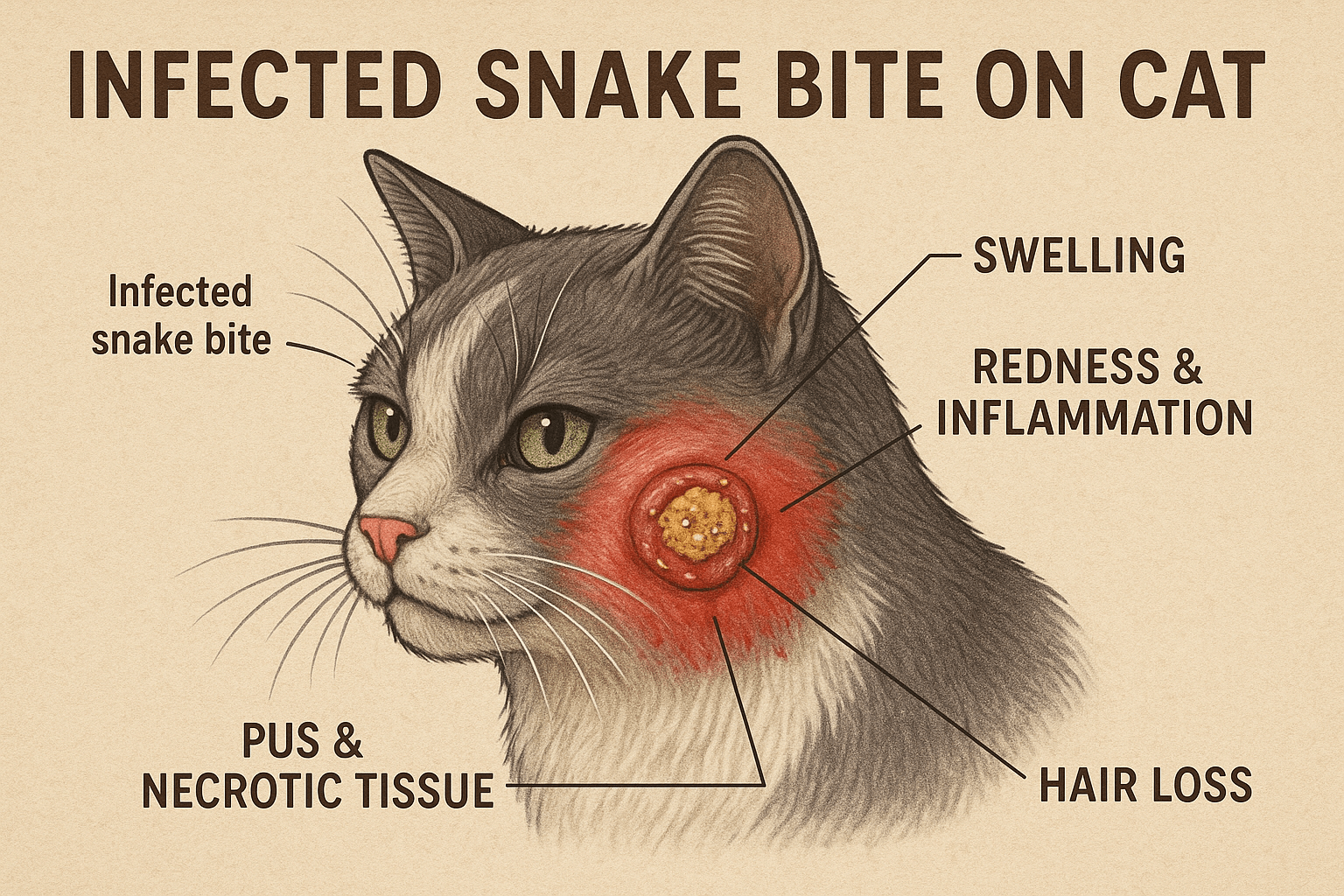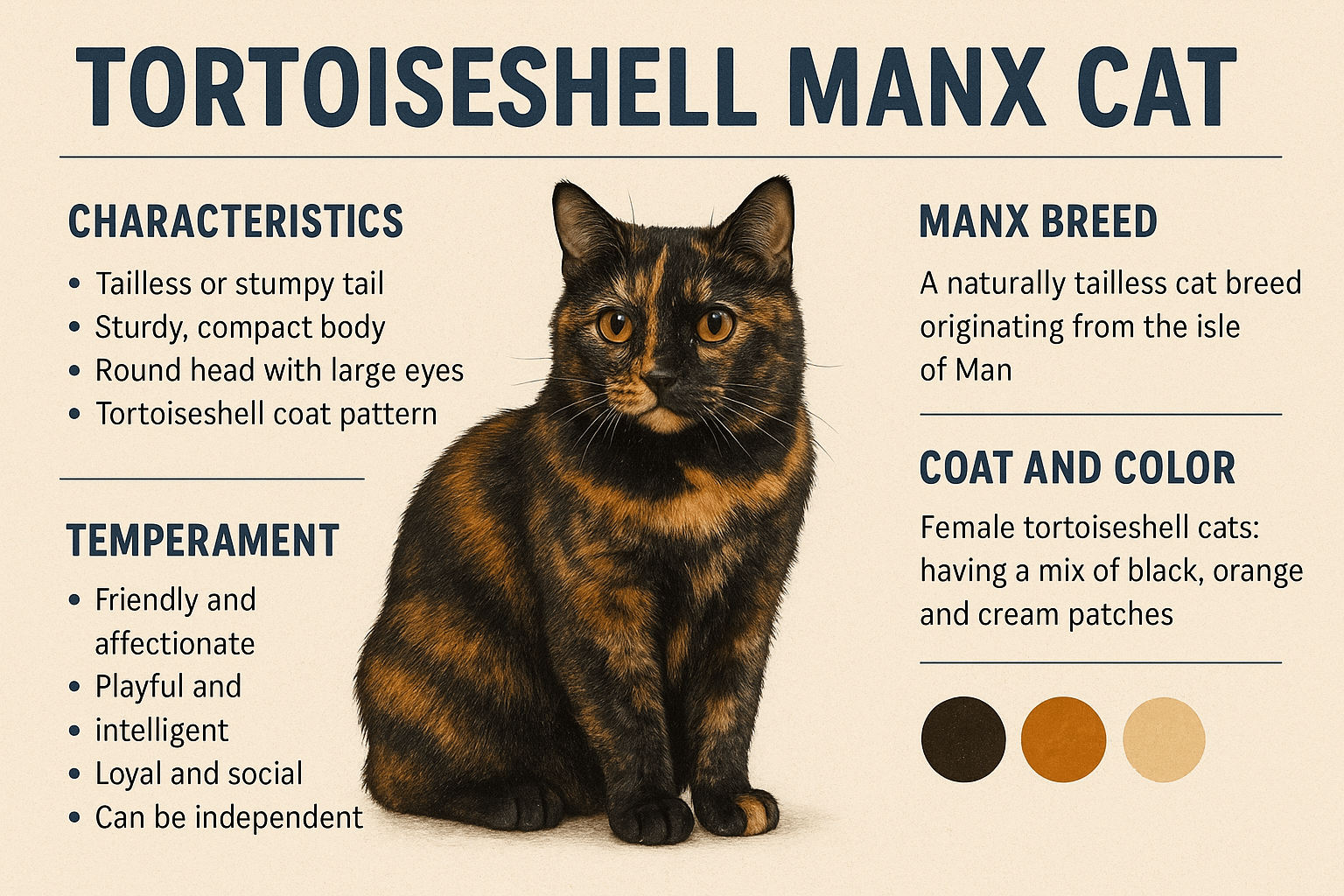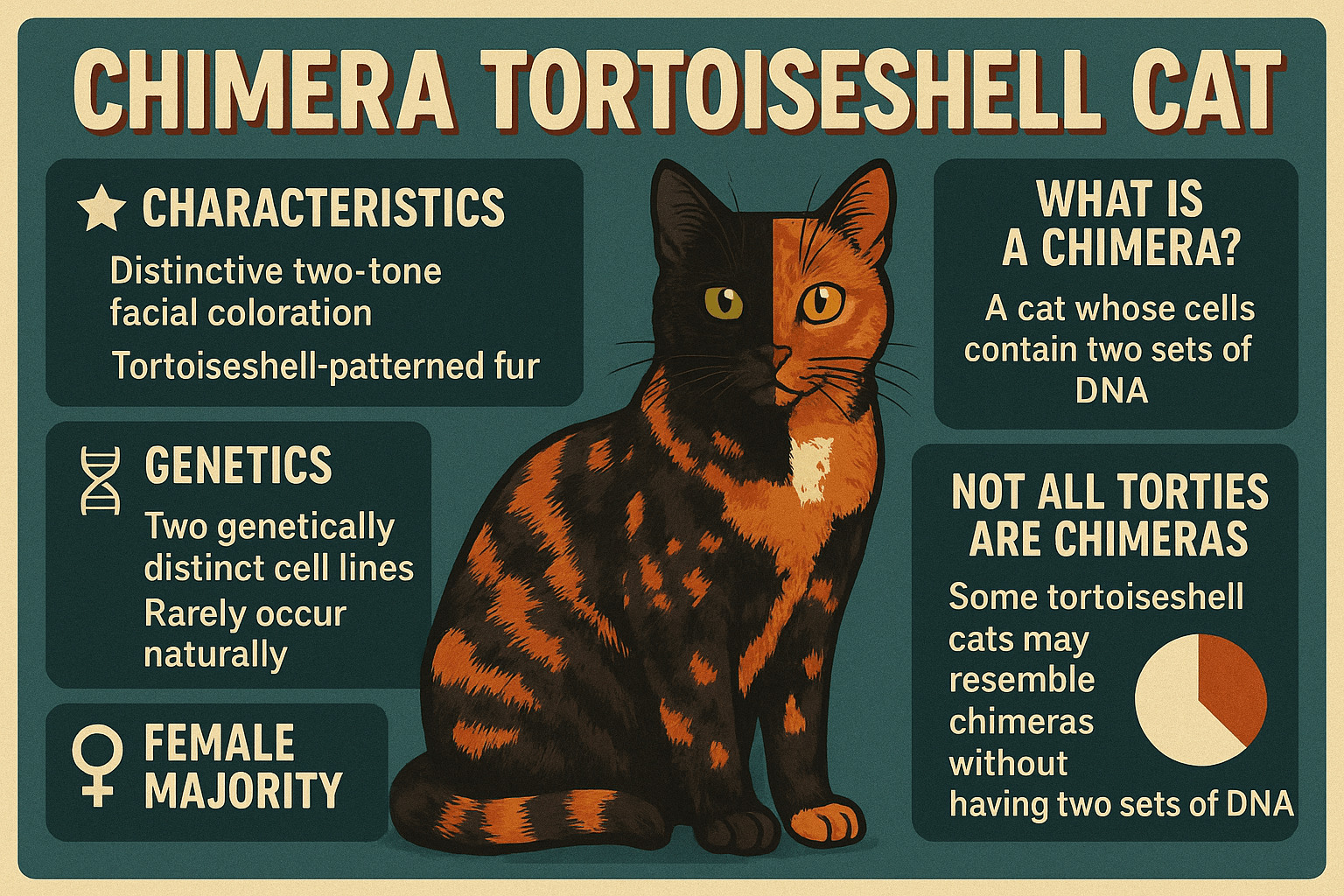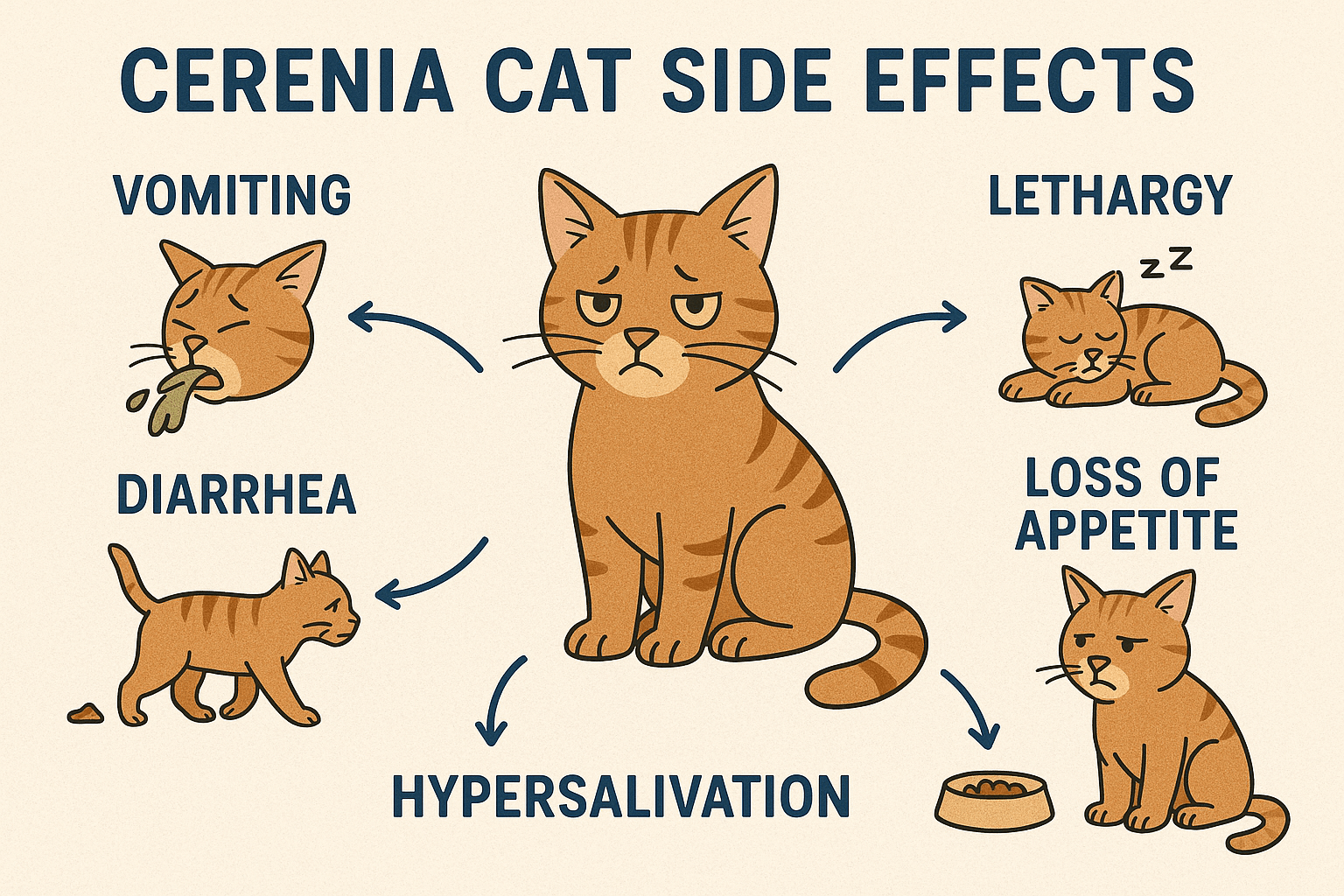Infected Snake Bite on Cat: What You Need to Know
A snake bite can be a terrifying and potentially life-threatening experience for your cat. While not all snakes are venomous, even non-venomous bites can lead to infection if left untreated. Cats, being naturally curious creatures, may encounter snakes during outdoor adventures or even in their own backyard. Recognizing the signs of an infected snake bite and understanding how to respond can make all the difference in ensuring your feline friend’s recovery. In this blog post, we’ll explore the causes, symptoms, treatment options, and preventive measures to help you navigate this alarming situation with confidence.
Signs Your Cat May Have an Infected Snake Bite
Identifying an infected snake bite early is crucial for minimizing complications and ensuring prompt treatment. Keep an eye out for these common symptoms that indicate your cat may need immediate care.
Swelling Around the Bite Area:
Swelling is one of the first visible signs of a snake bite and may worsen if an infection develops.Redness and Discharge:
Redness around the wound, along with pus or other discharge, indicates an active infection.Lethargy and Weakness:
Cats with infected bites often appear unusually tired or weak, as their body fights off the infection.Loss of Appetite:
A sudden refusal to eat can signal discomfort or illness caused by the infection.Fever or Elevated Temperature:
An infected snake bite may cause a fever, which can further weaken your cat’s immune system.
If you notice any of these symptoms, it’s essential to seek veterinary care immediately to prevent the infection from worsening.
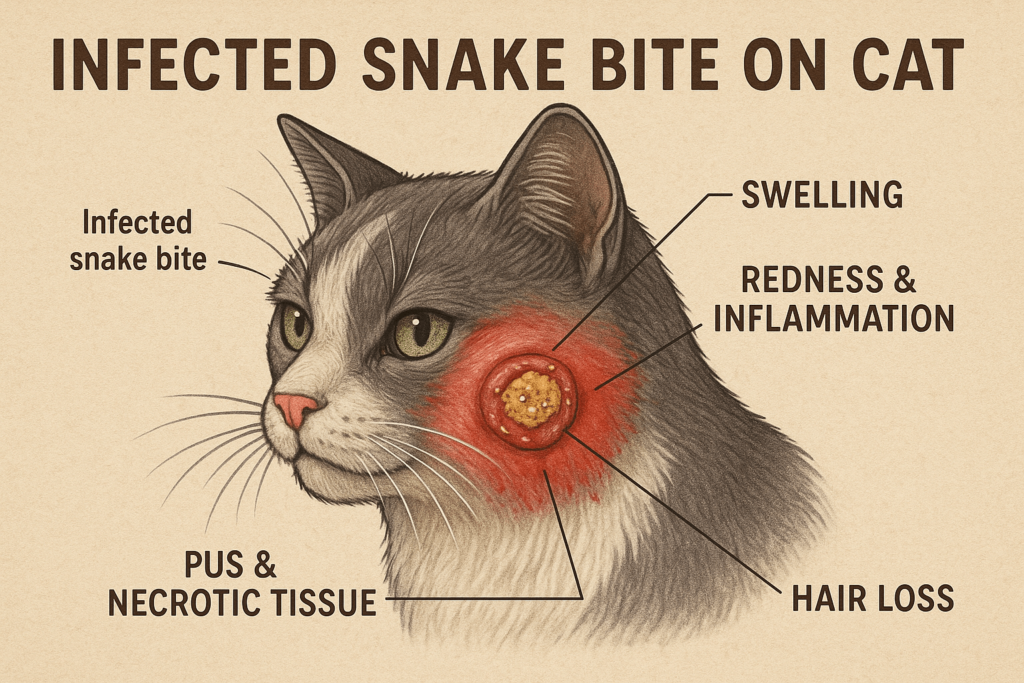
Steps to Treat an Infected Snake Bite on Your Cat
Treating an infected snake bite requires professional veterinary intervention, but there are steps you can take at home to stabilize your cat before reaching the clinic. Here’s what you should do.
Keep Your Cat Calm and Restrained:
Minimize movement to prevent the infection or venom from spreading further through the bloodstream.Clean the Wound Gently:
Use lukewarm water and mild soap to clean the area around the bite, but avoid applying harsh chemicals.Apply a Cold Compress:
A cold compress can reduce swelling and provide temporary relief until you reach the vet.Avoid Cutting or Sucking the Wound:
These outdated methods can worsen the injury and increase the risk of further infection.Administer Prescribed Medications:
Once at the vet, your cat may receive antibiotics or antivenom. Follow the dosage instructions carefully at home.
Prompt action and proper aftercare can significantly improve your cat’s chances of recovery from an infected snake bite.
Check this guide 👉What Is the Best Antibiotic for Cat Bites? Best 7 Expert Tips!
Check this guide 👉What to Do If Your Cat Gets a Fox Bite: Best 7 Expert Tips!
Check this guide 👉What to Do If Your Cat Suffers a Rat Bite: Best 7 Tips!
Preventive Measures for Snake Bites | What to Do If Your Cat Is Bitten |
|---|---|
Keep your cat indoors during peak snake hours | Stay calm and immobilize your cat |
Remove hiding spots for snakes in your yard | Clean the wound gently with water and soap |
Supervise outdoor playtime closely | Apply a cold compress to reduce swelling |
Use snake deterrent sprays in your garden | Seek immediate veterinary attention |
Train your cat to avoid unfamiliar areas | Avoid using tourniquets or cutting the bite |
Preventing Snake Bites in Cats
Prevention is always better than cure when it comes to snake bites. Taking proactive measures can reduce the likelihood of your cat encountering a snake in the first place.
Supervise Outdoor Activities:
Always keep an eye on your cat when they’re outside to ensure they don’t wander into risky areas.Create a Safe Yard Environment:
Clear away debris, tall grass, and woodpiles where snakes might hide.Use Snake Deterrent Products:
Natural snake repellents can help keep snakes away from your property without harming your pets.Train Your Cat to Stay Close:
Teaching your cat to stay within a designated area can minimize their exposure to potential dangers.Consider Keeping Your Cat Indoors:
Indoor cats are far less likely to encounter snakes and other wildlife hazards.
By implementing these preventive strategies, you can protect your cat from the dangers of snake encounters.
Common Misconceptions About Snake Bites on Cats
There are several myths surrounding snake bites and their treatment that can lead to confusion or improper care. Understanding the facts is essential for your cat’s safety.
Myth: All Snakes Are Venomous:
Many snakes are non-venomous, but their bites can still become infected if not treated properly.Myth: Sucking Out Venom Helps:
This outdated practice is ineffective and can introduce bacteria into the wound, worsening the infection.Myth: Cats Are Immune to Snake Venom:
While some cats may survive snake bites, they are not immune and require medical attention.Myth: A Small Bite Isn’t Serious:
Even small bites can lead to severe infections or venom effects if ignored.Myth: Over-the-Counter Painkillers Are Safe:
Human medications can be toxic to cats and should never be administered without veterinary guidance.
Dispelling these misconceptions ensures you provide the best possible care for your cat in case of a snake bite.
First Aid Essentials for Snake Bite Emergencies
Being prepared with basic first aid supplies can make a significant difference in managing a snake bite emergency. Here’s what you should have on hand.
Sterile Gauze and Bandages:
Use these to gently clean and cover the bite area before heading to the vet.Cold Packs:
Keep a cold pack in your freezer to reduce swelling and discomfort.Mild Soap and Water:
Essential for cleaning the wound without irritating your cat’s skin.A Sturdy Carrier:
Transport your cat safely to the vet while keeping them calm and immobilized.Emergency Contact Information:
Save your vet’s number and the nearest animal hospital’s details for quick access.
Having these items ready ensures you’re prepared to act swiftly in case of a snake bite.
Understanding the Risks of Venomous vs. Non-Venomous Bites
Both venomous and non-venomous snake bites pose risks to cats, but their effects differ significantly. Understanding these differences helps you respond appropriately.
Venomous Bites Cause Rapid Symptoms:
Symptoms like swelling, difficulty breathing, or collapse may appear quickly after a venomous bite.Non-Venomous Bites Lead to Infection:
Though less severe initially, non-venomous bites can still become infected if not treated promptly.Regional Variations Matter:
The type of snakes in your area affects the level of danger your cat faces outdoors.Immediate Veterinary Care Is Essential:
Whether venomous or not, all snake bites require professional evaluation.Antivenom May Be Necessary:
For venomous bites, antivenom can save your cat’s life if administered early.
Knowing the specific risks in your region helps you take appropriate precautions.
How to Soothe Your Cat After a Snake Bite Incident
Recovering from a snake bite can be stressful for your cat, both physically and emotionally. Providing comfort and support aids in their healing process.
Offer a Quiet Recovery Space:
Create a calm, quiet area where your cat can rest undisturbed during recovery.Provide Soft Bedding:
Ensure their sleeping area is comfortable and free of irritants.Monitor Their Behavior Closely:
Watch for signs of improvement or any lingering issues that may require follow-up care.Encourage Hydration:
Offer fresh water regularly to keep your cat hydrated and support their immune system.Reward Them with Treats:
Positive reinforcement helps rebuild trust and reduces anxiety after a traumatic event.
By prioritizing your cat’s comfort and well-being, you can help them recover faster and regain their playful spirit.
Frequently Asked Questions About Snake Bites on Cats
How can I tell if my cat was bitten by a snake?
Look for swelling, puncture wounds, lethargy, or unusual behavior shortly after outdoor activity.
What should I do if I suspect my cat has been bitten?
Keep your cat calm, clean the wound gently, and seek immediate veterinary care.
Are certain snakes more dangerous to cats?
Yes, venomous species like rattlesnakes or copperheads pose a higher risk to cats.
Can indoor cats get snake bites?
While rare, snakes can sometimes enter homes, so vigilance is still important.
How long does it take for a snake bite to heal?
With proper treatment, most cats recover within 1-2 weeks, though severe cases may take longer.
Protecting Your Cat from Snake Bite Dangers
Snake bites are a serious threat to cats, but with awareness, prevention, and prompt action, you can safeguard your furry companion from harm. By recognizing the signs of an infected snake bite, seeking professional treatment, and taking steps to minimize risks, you can ensure your cat remains healthy and happy. Remember, your quick response and careful attention can make all the difference in protecting your beloved pet from the dangers of snake encounters.
Why Are Cats So Warm? If you’ve ever cuddled up with a cat, you’ve likely noticed how warm they feel against …
Tortoiseshell Manx Cat: Best 7 Expert Tips! Discover expert advice on caring for this unique breed, from health and grooming to personality insights. Perfect for cat lovers!
Chimera Tortoiseshell Cat: Best 7 Expert Tips! Discover the unique traits, care needs, and fascinating facts about chimera tortoiseshell cats to better understand these rare feline wonders.
Cerenia Cat Side Effects: Best 7 Expert Tips! Discover expert advice on managing Cerenia side effects, ensuring your cat’s safety, and promoting a smooth recovery with practical tips.

